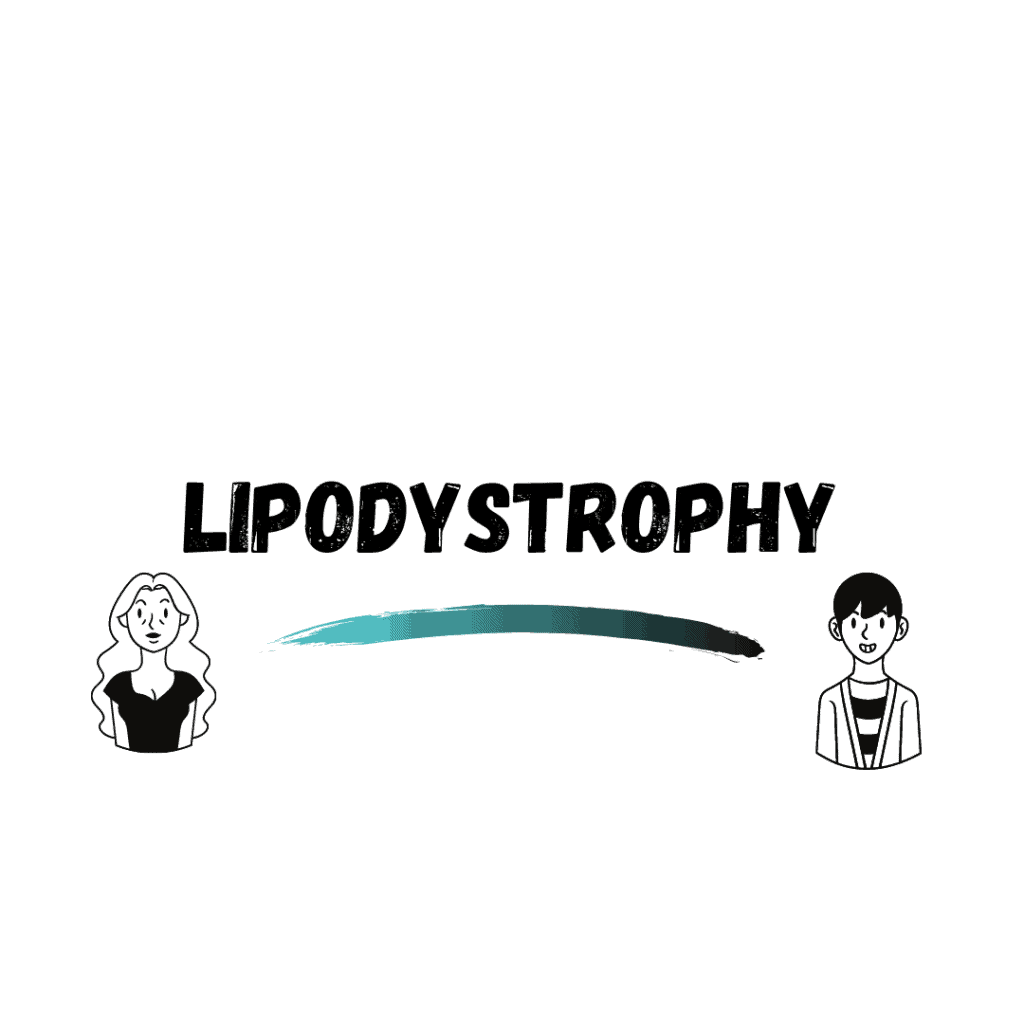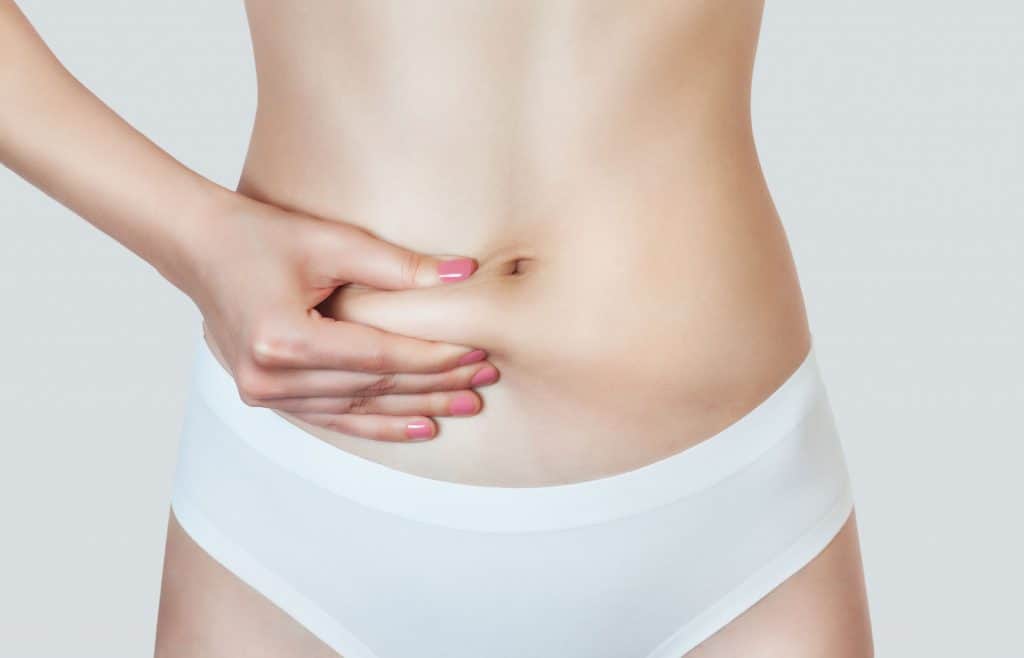What is Lipodystrophy? Types, Causes, Symptoms, & Treatment
Posted by Prescription Hope - See Editorial Guidelines (Last Updated On: Tue Oct 13 2020)
Do you have abnormal fatty tissue areas around certain parts of your body? If so, you may be suffering from a condition known as lipodystrophy.
In this article, we will discuss everything you need to know about lipodystrophy, including the types, causes, and treatment options. First, here is a quick takeaway answer to help get us started.
What is Lipodystrophy? Lipodystrophy is characterized by either an abnormal reduction or abnormal increase in adipose tissue around certain parts of the body. Some patients may inherit this condition, while others may acquire it through certain medications they are taking or another condition they are suffering from. There are a few different treatment options, which may include medications, dietary changes, or surgery.
With this quick answer in mind, lets cover the specifics.
Lipodystrophy Defined

Lipodystrophy is a fairly rare condition in which adipose tissue (fat tissue) is abnormally distributed. So, there may be some parts of the body where there is a reduction in adipose tissue, causing muscles and blood vessels to be more prominent.
This condition is most often diagnosed in women, but this does not mean that women are affected more. It just means that lipodystrophy is easier to diagnose in women, as changes in fat tissue are more obvious.
Types of Lipodystrophy
There are a few different types of lipodystrophy, some of which are more common than others. Here is a breakdown of the different types.
- Congenital Generalized Lipodystrophy – Nearly a total loss of fatty tissue and extreme muscular definition that is present at birth.
- Familial Partial Lipodystrophy – Progressive loss of adipose tissue from various parts of the body, including the arms and legs. This can cause excess fat to accumulate around the face and trunk region. This form of lipodystrophy is believed to be caused by mutations in one’s genes.
- Acquired Generalized Lipodystrophy – Selective loss of subcutaneous fatty tissue that occurs only in the extremities (legs, arms, palms, etc.).
- Acquired Partial Lipodystrophy – Loss of adipose tissue around the face, neck, chest, abdomen, forearms, and shoulders. This form often occurs after a viral illness.
- Antiretroviral Therapy-Induced Lipodystrophy – This form has been associated with therapy for treating HIV-1, including protease inhibitors. It is characterized by central fat accumulation and peripheral fat wasting.
- Localized Lipodystrophy – This is the loss of subcutaneous adipose tissue from small regions of the body. It may be a singular spot, or there may be multiple spots.
Complications from Lipodystrophy
At a glance, lipodystrophy may appear only to be a cosmetic problem, but other health complications can arise from this condition. It is important to mention that the cosmetic problem caused by this condition should not be overlooked. Many patients can suffer from emotional and mental stress because of the appearance this condition causes.
Mainly, lipodystrophy can lead to metabolic disorders, such as insulin resistance, leading to diabetes. Some patients may be at an increased risk of having high triglyceride levels and fatty liver disease.
These complications can then lead to diabetic nephropathy and retinopathy, pancreatitis, cirrhosis of the liver, and cardiovascular disease.
Causes
There are a few different potential causes of lipodystrophy. One has to do with genetic defects that are underlying. Mutations in your genes can cause certain functions of your body to become array. This is usually hereditary and may be passed down from generation to generation.
An autoimmune disease may also be to blame. An autoimmune condition occurs when the immune system mistakenly attacks itself because it believes healthy cells are foreign invaders. Other diseases or infections may also be the cause. This includes diseases such as measles, hepatitis, or pneumonia.
If you require medications that are to be injected, then injecting the medicine into the same spot of the body repeatedly could be the cause. This is one reason why it is so important for those that have type 1 diabetes to rotate their injection sites.
Certain medications could be another cause. For example, those that have HIV are often treated with antiviral drugs known as protease inhibitors.
It is worth mentioning that for many cases, the cause is not fully known.
Symptoms of Lipodystrophy

Symptoms of lipodystrophy may include:
- Reduced fat tissue
- Skin thickening or darkening
- Appetite that can’t be satisfied
The most common symptom will be a noticeable absence of fat under the skin. You may notice more muscularity and blood vessels in this region. Along with the absence of fat in one region, you may notice an increase in fatty tissue in another region of the body, particularly the abdomen, face, neck, or between the shoulder blades.
Treatment Options
The main goal for the treatment of lipodystrophy should be to avoid metabolic disorders from arising or controlling the metabolic disorders that are caused by this condition. If your concern is the appearance issues caused by lipodystrophy, then cosmetic creams and makeup can help. Otherwise, surgery may be an option.
One of the best treatment options for patients is just to live a healthy lifestyle. Patients should strive to eat a low-fat diet. Exercising is crucial for this condition as well, as it can keep blood sugar levels stable and keep excess fat from building up in areas.
Depending on the type of lipodystrophy you have, then medications can work. Egrifta is an injectable medication that can lessen hard belly fat and is normally prescribed to those being treated for HIV.
Medications, such as Lipitor or Crestor, can help treat high triglyceride and cholesterol levels, which are associated with lipodystrophy.
If you develop insulin resistance or diabetes associated with lipodystrophy, then you may require insulin or other diabetes medication.
Closing Thoughts
We hope this has given you a better understanding of lipodystrophy and the different types. For questions about your specific condition, consult your doctor.
If you are paying more than $60.00 a month through Prescription Hope’s medication access service for any of your prescription drugs, then Prescription Hope may be able to help. We work directly with pharmaceutical manufacturers to provide patients with the medicines they need at a set, affordable cost. Enroll with us and start saving!
ENROLL



